How to Keep Your Pets Safe Now That Fall Is Here
Cooler weather doesn’t erase risks for pets. Ticks are still active, holiday food and décor bring new hazards, and shorter days make it easier for animals to wander off unseen. Seasonal changes also affect behavior and health in ways that often surprise owners. With a little planning now, you can keep your pets safe and comfortable through the months ahead.
Don’t Let Them Eat Fallen Leaves or Mushrooms
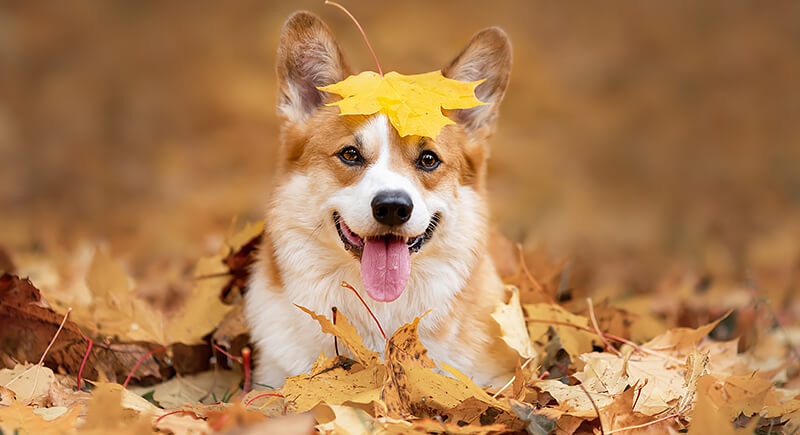
Credit: iStockphoto
A leaf pile may not look harmful, but your dog’s curious nibble could lead to vomiting or worse. Some wild mushrooms are toxic even in small bites, and acorns can mess with digestion. Keep a close eye on curious pets during walks or backyard time.
Ticks Are Still Active in Fall
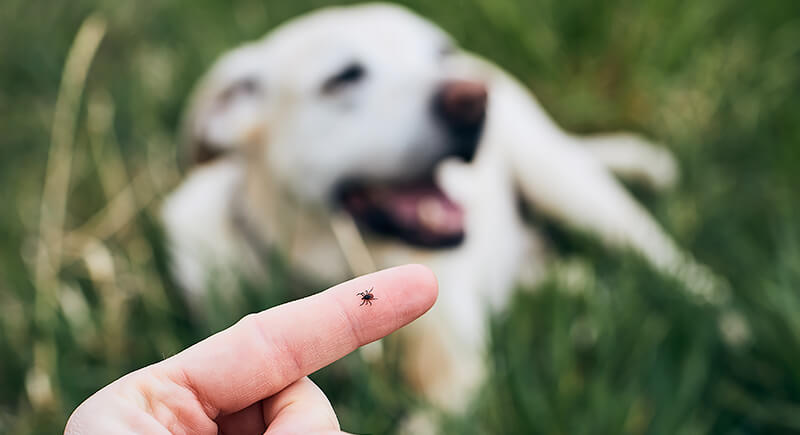
Credit: iStockphoto
Ticks get bolder in cooler weather. Just because summer’s over doesn’t mean they’ve clocked out. These hitchhikers hang out in damp leaf piles and tall grass, waiting for pets to pass by. Keep your vet-approved flea and tick preventatives going and avoid wooded trail edges during walks.
Keep Pets Away From Antifreeze
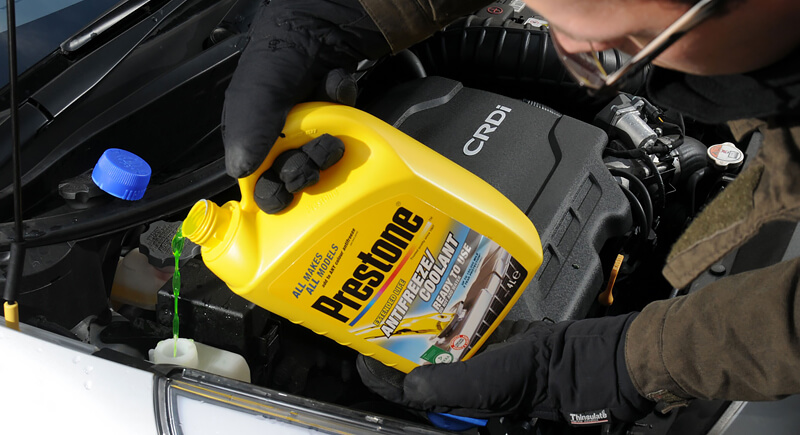
Credit: Wikimedia Commons
Antifreeze is highly toxic but has a sweet taste that attracts pets. Just a few licks could cause kidney failure in pets. Check for leaks in your driveway and garage, and store antifreeze containers far out of reach.
Limit Outdoor Time in Cold Weather
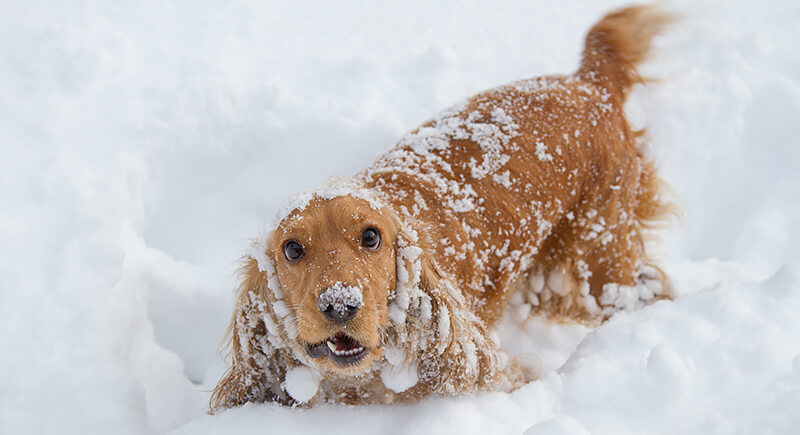
Credit: iStockphoto
Pets can quickly develop hypothermia in cold temperatures, especially when it’s below 32°F. Puppies, seniors, and short-haired breeds should never stay outside longer than 15–20 minutes.
Avoid Rich or Fatty Party Foods
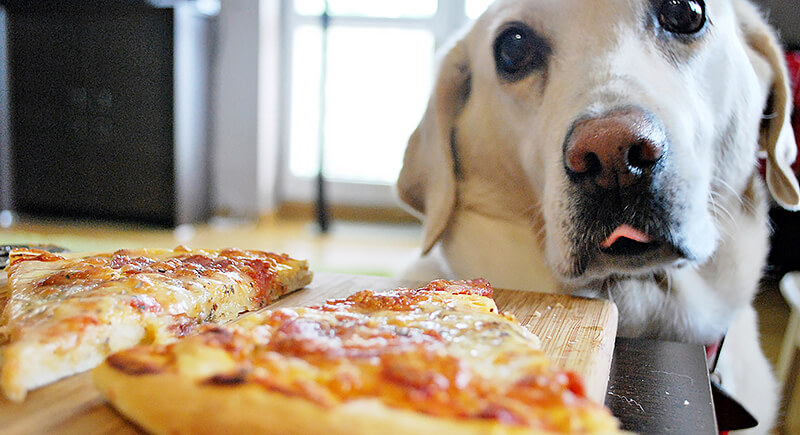
Credit: iStockphoto
Game day snacks are part of fall traditions, but many are unsafe for pets. Chicken bones can splinter internally, and greasy food like wings or pizza may cause vomiting or pancreatitis. Keep platters out of reach and choose pet-friendly treats if they want to join the fun.
Keep ID Tags and Microchips Up to Date

Credit: iStockphoto
Daylight fades faster in the fall, and it’s easier to lose track of pets in dim lighting. Reflective collars help, but ID tags are your backup plan. Make sure contact details are still readable and that microchip info is up to date, just in case someone goes on an unplanned solo stroll.
Watch for Fall Allergy Symptoms
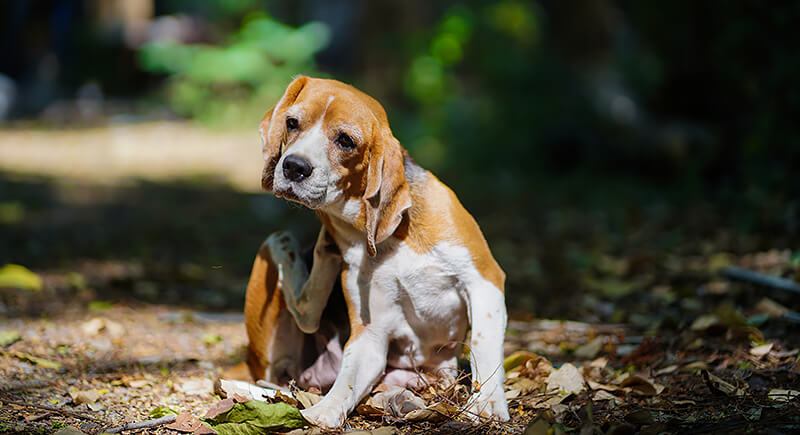
Credit: iStockphoto
Just like spring, fall can trigger allergies in pets. Mold from wet leaves and seasonal pollen can lead to scratching, licking, coughing, and ear infections. If symptoms persist, talk to your vet about allergy medications or shampoos to relieve discomfort.
Brush Often to Manage Seasonal Shedding
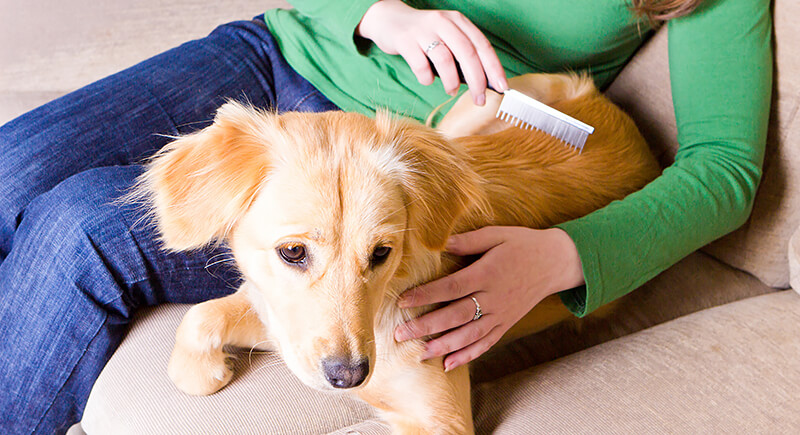
Credit: iStockphoto
Autumn is when dogs and cats begin swapping their summer wardrobes for fluffier winter ones. That means tufts of hair on your pants and tumbleweeds across the living room. A consistent brushing routine helps reduce fur overload and gives you a moment to check for skin bumps or bites.
Let Their Fur Grow In
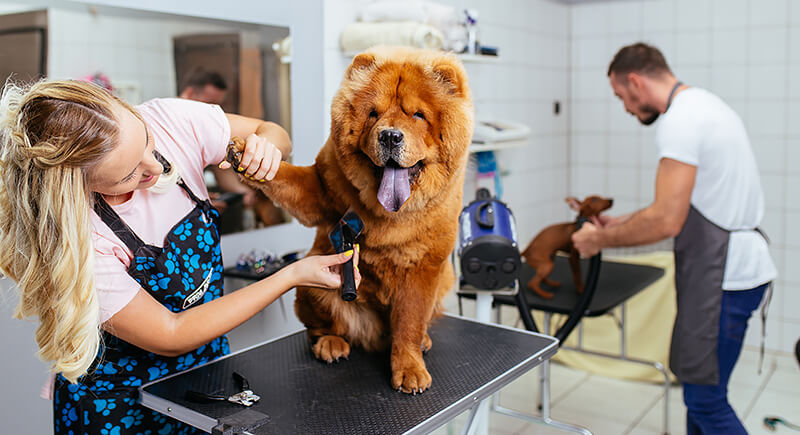
Credit: iStockphoto
As temperatures drop, dogs rely on their coats, especially double-coated breeds, to insulate them. If grooming’s needed, ask your groomer to tidy rather than trim. Let their coat do what it’s made to do: keep them warm.
Watch for Wildlife During Walks
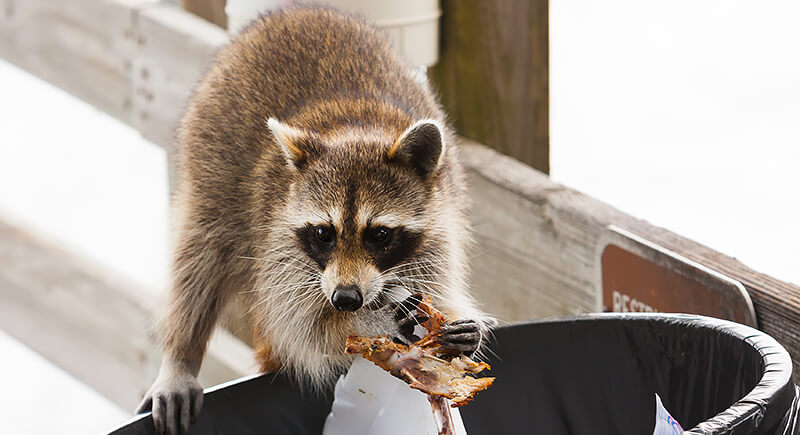
Credit: iStockphoto
Wildlife activity picks up in the fall, especially near trash bins or woodsy spots. Squirrels dart across paths, raccoons dig through garbage, and your pet might think it’s time to chase. Keep leashes short on walks and don’t assume your yard is critter-free just because it looks calm.
Holiday Décor Can Be Hazardous
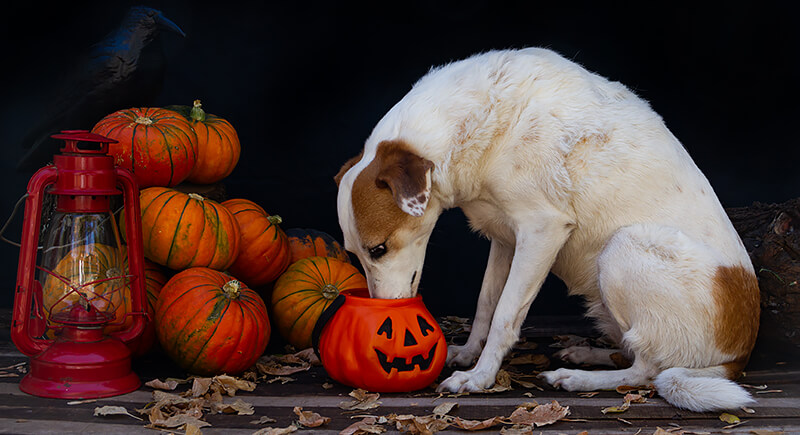
Credit: iStockphoto
Plastic pumpkins, fake cobwebs, and seasonal corn arrangements can turn into vet visits if your pet decides to snack on them. Some materials cause blockages or toxic reactions. If you decorate with anything remotely chewable, double-check placement or swap it out for safer options.
Secure Exterior Doors During Gatherings
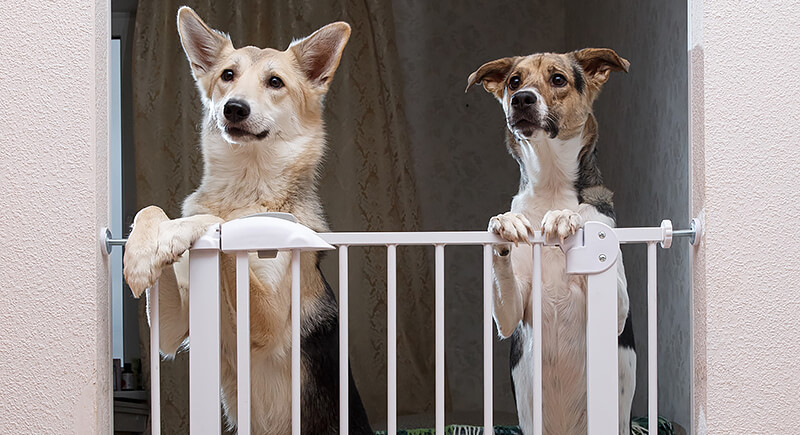
Credit: iStockphoto
Fall gatherings mean more foot traffic and frequent door openings. A distracted guest or excited pet can easily lead to a runaway situation. Use baby gates, playpens, or a separate room to keep your pets contained during parties. You’ll relax more knowing they’re not slipping past the crowd.
Make Holiday Travel Plans Early
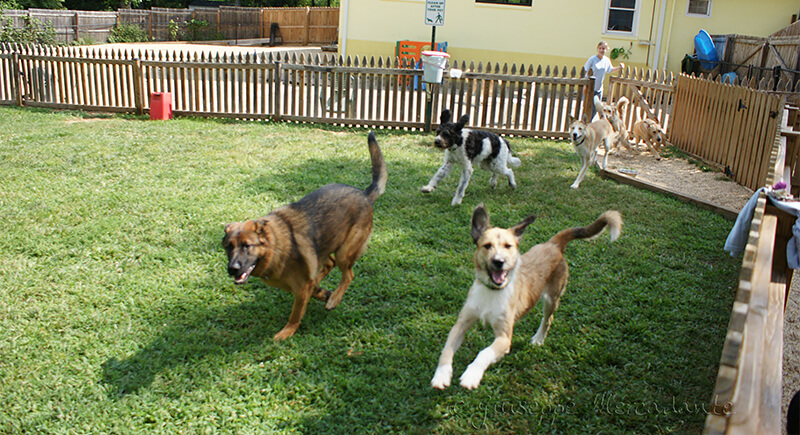
Credit: Wikimedia Commons
If you plan to travel during the fall or the holidays, book pet sitters or kennels in advance. These services fill up quickly. Last-minute changes can be stressful for pets, so arranging care early keeps their routine steady and reduces anxiety.
Keep Dangerous Foods Out of Reach

Credit: iStockphoto
Chocolate chips, raisins, grapes, and even raw dough are all commonly left out on counters this time of year, and all of them are dangerous for pets. Store baked goods and ingredients in cabinets, not out of sight on kitchen islands where curious noses might wander.
Plan for Halloween Night

Credit: iStockphoto
Halloween can overwhelm pets with noise, costumes, and constant door activity. Give them a safe room away from the front door, stocked with toys or a favorite blanket. If they’re in costume, check that they can see and breathe without trouble. Skip open flames and use battery candles instead.